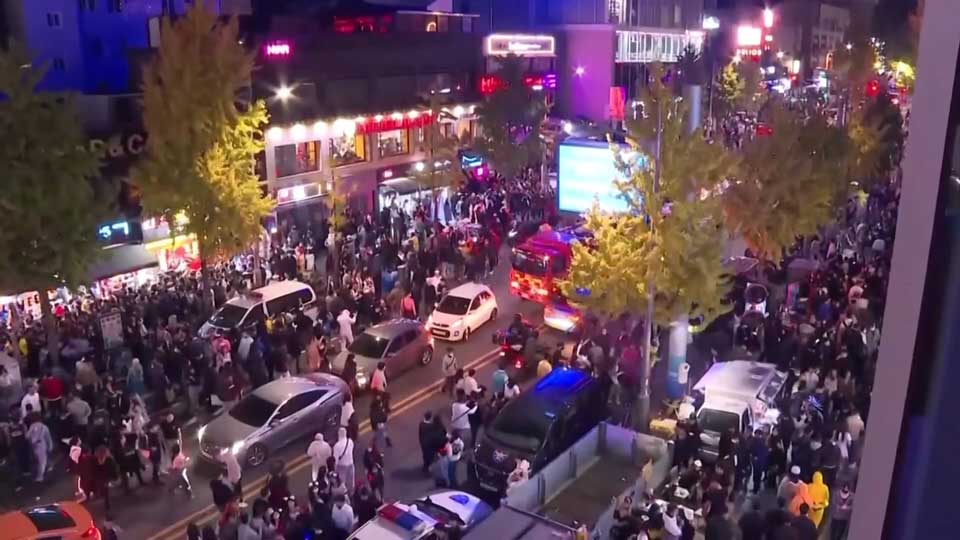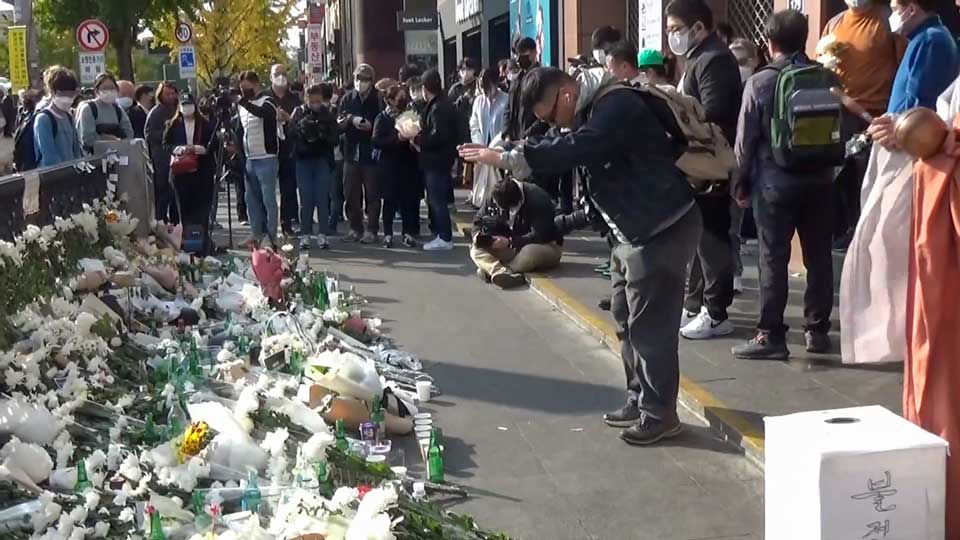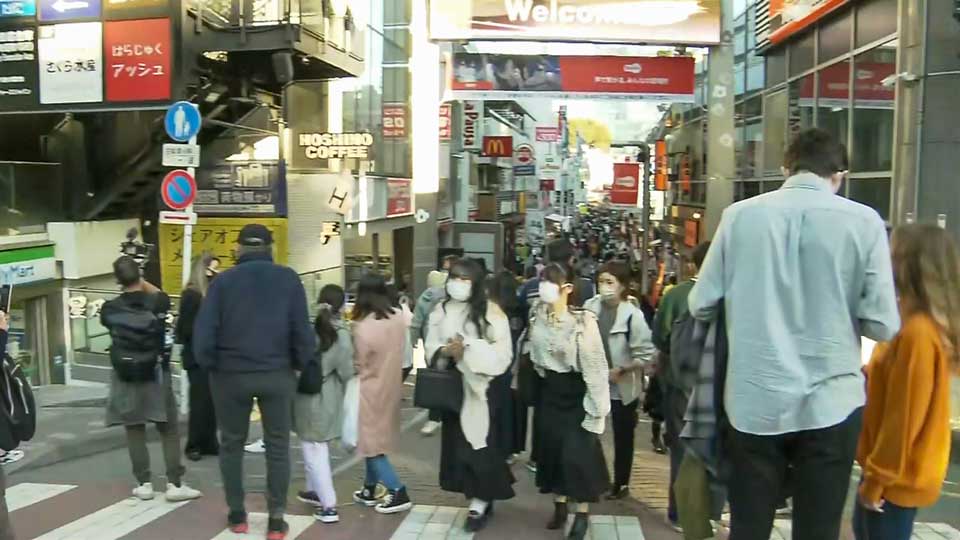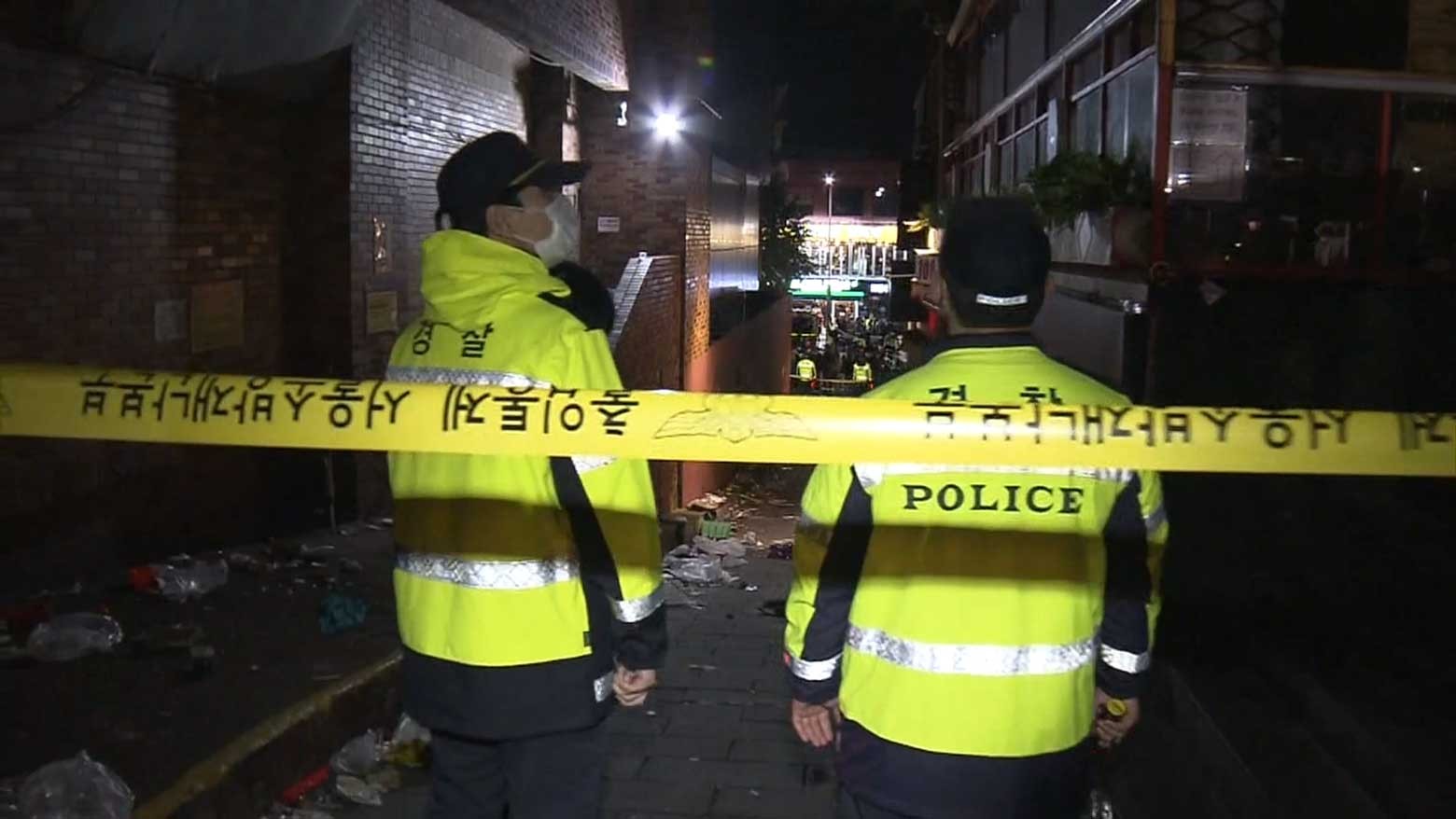Itaewon is one of the South Korean capital's busiest districts. The area is a popular tourist destination, famed for its narrow streets lined with restaurants and nightclubs.
After three years of COVID-19 restrictions, the crowds had returned for Halloween. Local media say more than 100,000 people visited on the night of October 29.

Distress calls came hours before deaths
Authorities started receiving calls about the dangerous situation hours before there were any fatalities. Shortly after 6:30 p.m., one person asked the police to do more to control the surging crowds. They said they believed they were about to die.
Two hours later, another caller reported seeing people laying on the roadside. Again, they urged police to do more.
At 10:11 p.m., emergency services received yet another call from someone saying they thought their life was in danger.
A few minutes later, some people lost their footing in a packed sloping alley just over three meters wide. It triggered a domino effect that resulted in a huge crush, and the deaths of 154 people.

Risks apparent in Tokyo street
On a similarly narrow, sloping street in Tokyo's Harajuku district, reports of a celebrity appearance back in 2010 led to a sudden crowd surge. There were no fatalities, but three people were taken to hospital.
Associate Professor Sekiya Naoya, a specialist in disaster-prevention engineering with the University of Tokyo Graduate School, says people in crowded spaces are rarely aware of the risks until an accident is imminent.
"They think, 'there are simply too many people' and 'it's crowded,'" he says. "But if you sense danger or notice that the flow of people has stopped, it's important to leave the area as soon as possible."

Professor says edges relatively safer
Professor Yoshimura Eisuke of the Osaka Institute of Technology is an expert on crowd accidents. He says getting out is easier said than done. "It sounds easy, but it's just like a traffic jam: Once you get stuck, you can't do anything about it on your own."
Yoshimura suggests thinking of the risk in terms of elevator loads. In other words, too many people will trigger an alarm.
"When you find yourself in a situation so densely crowded that a buzzer would go off in an elevator, you’re in a dangerous situation and it’s important to leave immediately.
"And it's best to move to the edge of the road, if possible. That's no guarantee of safety, but it will reduce your risk."
